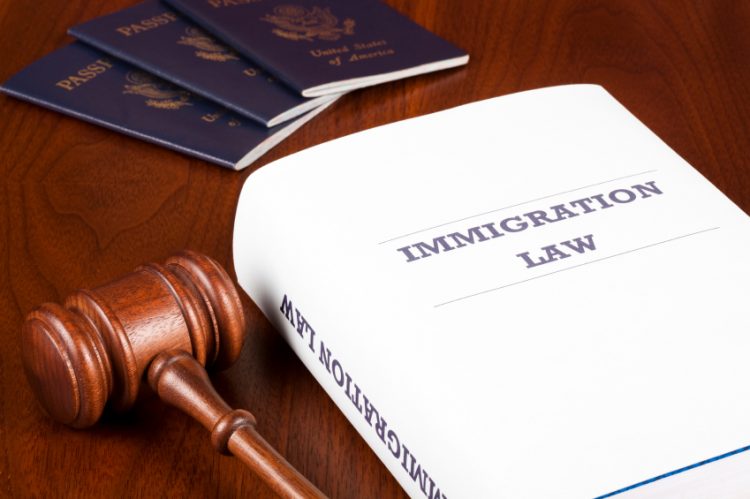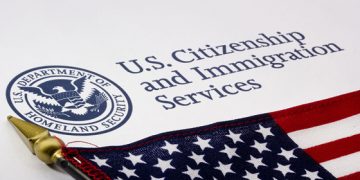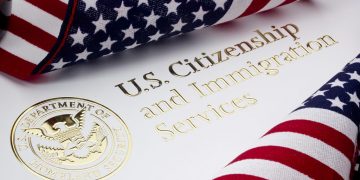[ad_1]
Frederick Henry Harvey
Frederick Henry Harvey (June 27, 1835 – February 9, 1901) turned often called “the Civilizer of the West” when the West was nonetheless wild. He’s credited with creating the primary restaurant chain and selling tourism within the American Southwest within the late nineteenth century.
Fred Harvey immigrated to the US from Liverpool, England in 1853 and located work in New York as a busboy at Smith and McNell’s restaurant. It was right here that he realized the significance of high quality service, recent substances and the handshake deal.
In 1856 he married Barbara Sarah Mattas, with whom he had six youngsters.
He was the sort of immigrant who made America what it’s right now – modern and affluent.
As a freight agent within the 1870s Fred Harvey frolicked touring by way of practice in an period earlier than eating vehicles to expertise first-hand the problem of discovering good meals.
Harvey Inns and Eating places
In 1876, Fred Harvey struck a cope with Charles Morse, the superintendent of the Atchison, Topeka and Santa Fe Railroad when he opened eating places alongside the railroad, and was not charged hire. His first depot restaurant opened in Topeka, Kansas and two years later opened his first resort/restaurant in Florence, Kansas. The deal was sealed with only a handshake.
By 1891, 15 Harvey Home eating places had been in operation and at their peak, there have been 84 Harvey Homes which catered to rich and middle-class guests.
Visionary Entrepreneur
As a visionary innovator and marketer, Fred Harvey acknowledged a enterprise alternative.
Harvey Home lunch rooms, eating places, memento outlets, and lodges served rail passengers on the Atchison, Topeka and Santa Fe Railway, the Gulf Colorado and Santa Fe Railway, the Kansas Pacific Railway, the St. Louis-San Francisco Railway, and the Terminal Railroad Affiliation of St. Louis.
Over a 90 yr interval, Harvey Home employed over 100,000 younger girls to work at Harvey Homes that had been positioned about 100 miles aside from one another at rail stations.
Fred Harvey diners supplied a extra fulfilling expertise in eating. They supplied healthful meals and repair by engaging workers for passengers on their cross-country practice journeys. Railroad workers would notify the restaurant by way of telegraph, so that every Harvey Home of a practice’s arrival time and the way many individuals they must feed.
Fred Harvey additionally employed Native Individuals to reveal rug weaving, pottery, jewellery making and different crafts at his Southwest lodges.
Throughout World Warfare II, they served troop trains crammed with hungry troopers.
The Harvey Women
The Harvey women had been pioneers of the West in quest of earnings and independence.
The nineteenth century was a time when working girls had been usually scorned except they had been lecturers or nurses aside from the standard, spouse and mom.
Fred Harvey employed girls between the ages of 18 and 30 with “good ethical character” who labored six days per week and 12-hour shifts at his rail station diners. They earned $25 a month plus room and board which allowed them to save lots of or to ship cash residence to their households.
Harvey women resided in housing adjoining to the eating places and had a strict 10pm curfew. A dorm supervisor would typically do mattress checks as Fred Harvey didn’t need his feminine workers to be confused with native prostitutes.
The Harvey women uniform consisted of an extended black costume, a starched white apron, black stockings and black footwear. This picture was popularized in a 1946 namesake film, The Harvey Women, starring Judy Garland.
Legacy
The Fred Harvey Firm which operated the resort and restaurant chain was continued by his sons and remained within the household till the demise of a grandson in 1965.
Fred Harvey’s sandwiches of ham or cheese with an additional slice of bread for 15 cents had been well-known all through the West for his or her worth.
Harvey’s reported final phrases to his sons earlier than he died had been “Do not minimize the ham too skinny, boys.”
One other reported account of his final phrases had been “Minimize the ham thinner, boys.”
[ad_2]
Source by Andrew Papas





























